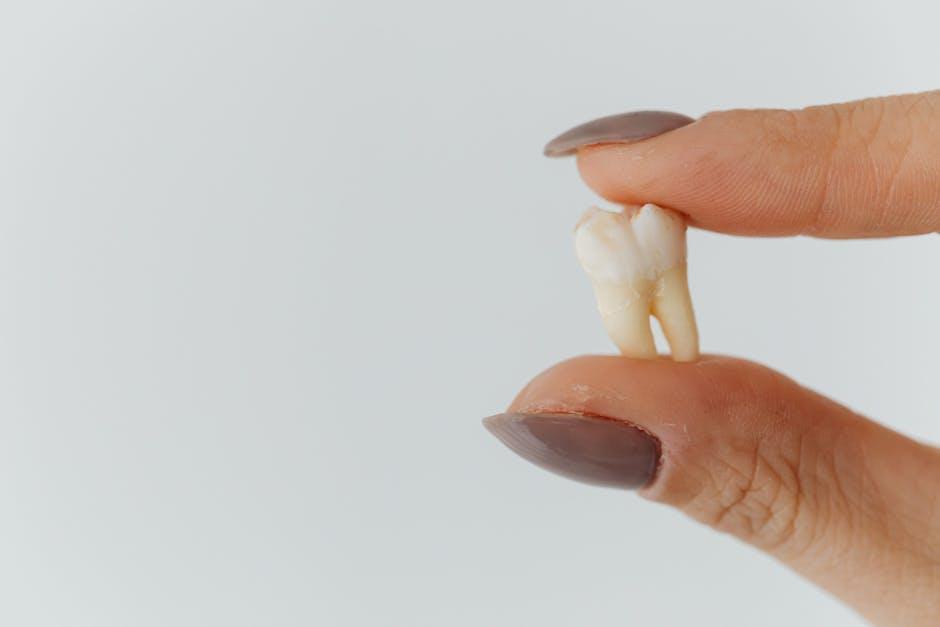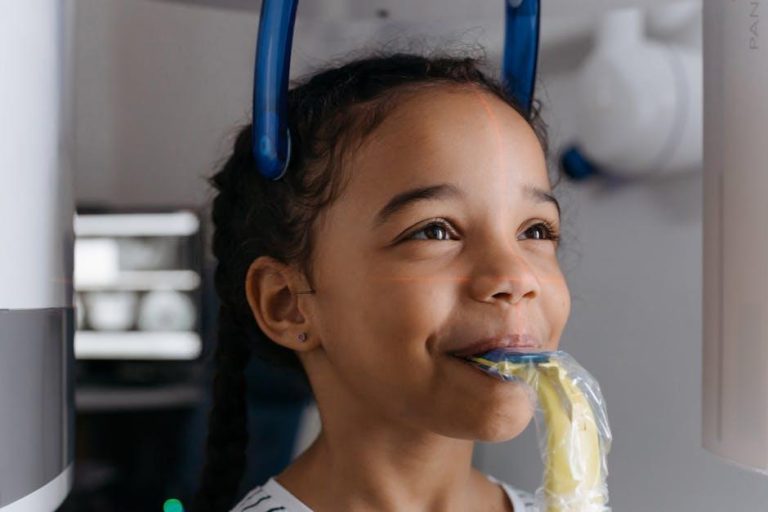
Determinants of Pediatric Dental Anxiety After Comprehensive Dental Treatments Under General Anesthesia – Nature
Dental anxiety in children is a common phenomenon that often complicates oral healthcare procedures and affects long-term dental health. Particularly, pediatric dental anxiety following comprehensive treatments carried out under general anesthesia (GA) presents unique challenges for families and dental professionals. Understanding the determinants of pediatric dental anxiety post-GA treatments enables caregivers and providers to develop effective coping strategies, improve children’s dental experiences, and promote lifelong oral health habits.
Understanding Pediatric Dental Anxiety
Pediatric dental anxiety refers to the heightened fear or apprehension experienced by children towards dental care. It is often characterized by avoidance of dental visits, disruptive behavior during examinations, or physical responses such as sweating and a rapid heartbeat. This anxiety can stem from multiple causes such as prior traumatic dental experiences, parental influence, or fear of pain.
Why Anxiety After General Anesthesia Dental Treatments?
General anesthesia is employed for complex or extensive dental procedures in children who cannot tolerate conventional dental care due to anxiety, age, or medical conditions. While GA ensures pain-free treatment during the procedure, it does not automatically alleviate post-treatment dental fear. In fact, certain factors related to the nature of GA and the dental visit can influence the emergence or persistence of dental anxiety afterward.
Key Determinants of Pediatric Dental Anxiety After GA Treatments
Based on recent studies and clinical observations, here are important determinants that influence pediatric dental anxiety following dental treatments under general anesthesia:
- Age of the Child: Younger children are generally more susceptible to anxiety due to limited cognitive capacity to process the experience.
- Pre-existing Anxiety: Children with prior dental fear or general anxiety disorders before GA are at higher risk.
- Parental Dental Anxiety: Anxiety levels in parents often correlate with children’s emotional responses to dental care.
- Severity and Number of Procedures: More extensive treatments requiring longer anesthesia can increase postoperative anxiety.
- Postoperative Pain and Discomfort: Lingering pain after treatment may trigger or worsen anxiety in children.
- Quality of Pre- and Postoperative Communication: Clear, reassuring communication from dental staff reduces fear and builds trust.
- Child’s Previous Medical Experiences: Hospitalizations or painful medical procedures outside dentistry can impact anxiety levels.
Summary Table: Determinants & Their Impact Level
| Determinant | Description | Impact on Anxiety |
|---|---|---|
| Age of the Child | Younger children tend to have less comprehension of treatment. | High |
| Pre-existing Anxiety | Previous fears or phobias relating to dental visits. | High |
| Parental Anxiety | Parents’ fears influence children’s emotional state. | Medium to High |
| Treatment Complexity | Extended or multiple procedures increase trauma perception. | Medium |
| Postoperative Pain | Discomfort can reinforce negative dental associations. | High |
| Communication Quality | Good communication reduces confusion and fear. | Medium to High |
Benefits of Addressing Dental Anxiety After GA Treatments
Proactively recognizing and managing dental anxiety in pediatric patients who have undergone treatment under general anesthesia provides numerous benefits:
- Improved Dental Compliance: Less anxiety encourages cooperative behavior during future dental visits.
- Enhanced Oral Health Outcomes: Reduced fear leads to regular check-ups and timely dental interventions.
- Positive Emotional Well-being: Helps children develop trust and reduces overall stress connected with healthcare.
- Parental Confidence: Parents feel reassured about their child’s dental journey and long-term health.
Practical Tips for Parents and Dental Professionals
Both parents and dental care providers play a vital role in mitigating dental anxiety in children post-GA treatment. Consider the following strategies:
For Parents:
- Stay Calm and Positive: Model relaxed behavior before and after appointments to reduce child’s anxiety.
- Discuss Procedures Honestly: Use age-appropriate language to explain what to expect without exaggeration.
- Encourage Expression: Let children talk about their feelings and fears openly.
- Maintain Consistent Oral Care: Establishing daily brushing and flossing can reinforce positive dental habits.
For Dental Professionals:
- Create a Friendly Environment: Use child-friendly visuals and engage through storytelling or play therapy.
- Effective Communication: Provide clear explanations before, during, and after any interventions, including GA.
- Schedule Follow-up Visits: Early check-ups can ease child’s transition back to conventional dental care.
- Pain Management: Minimize postoperative discomfort with appropriate analgesics and care instructions.
- Identify High-Risk Patients: Screen for children with high anxiety to tailor behavioral techniques or sedation as needed.
Case Study: Overcoming Anxiety Post-GA Treatment
Background: Eight-year-old Emily was treated extensively under general anesthesia due to severe early childhood caries. Post-treatment, Emily exhibited increased fear toward dental visits, refusing to enter the clinic.
Intervention: Her dentist implemented a behavioral desensitization program involving gradual exposure to the dental environment, interactive games, and positive reinforcement. Meanwhile, Emily’s parents were coached to reinforce calm, positive messaging at home.
Outcome: Within three months, Emily returned for routine check-ups with minimal anxiety. She reported less fear and was engaged actively in her oral hygiene routine.
Conclusion
Pediatric dental anxiety after comprehensive dental treatments under general anesthesia is influenced by a complex mix of psychological, procedural, and environmental determinants. Recognizing these factors allows parents and dental professionals to implement targeted interventions that alleviate fear, ensure smoother dental visits, and foster positive lifelong oral health attitudes in children. With the right approach, the often-daunting experience following GA dental procedures can transition into a foundation for trust, comfort, and proactive dental care.


